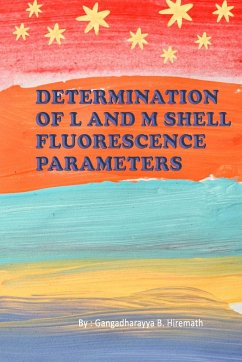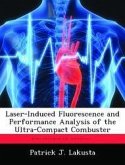Soon after the discovery of X-rays, Barkla observed emission line series and designated as K, L, M etc. Moseley showed the relationship between wavelength of X-ray spectral lines and atomic number and Siegbahn developed the nomenclature system for characteristic X-rays. In 1923, D. Coster and G. von Hevesy discovered hafnium where it was the first element identified by its X-ray spectrum. Earlier researchers were used electrons to produce X-rays but to overcome the problem of heating of the specimen, X-rays were used and this was the beginning of the technique X-ray fluorescence. In 1928, the fluorescence method was first used by R. Glocker and H. Schreiber. Furthermore, the first commercial X-ray spectrometer was built by H. Friedmann and L. S. Birks in 1948. The X-ray fluorescence method has become one of the most important methods for the qualitative and quantitative analysis of materials. It is a non-destructive analytical method and does not require complicated sample preparations [1, 2]. It has the large variety of applications in the fields such as materials science, environment science, geology, life science and archaeo-metry. X-ray fluorescence (XRF) analysis is of two types, Energy Dispersive X-ray fluorescence (EDXRF) and Wavelength Dispersive X-ray fluorescence (WDXRF). In EDXRF, the intensity of X-rays is measured according to its energy with use of a solid state detector, whereas in WDXRF, the intensity of X-rays is measured according to its wavelength with use of scanning crystal as the dispersive element. The other XRF techniques are Total Reflection XRF (TXRF), Micro XRF (XRF) and Grazing incident XRF (GIXRF). The particle induced X-ray emission (PIXE) is the technique where particles are used to interact with targets and characteristics X-rays are evolved.







